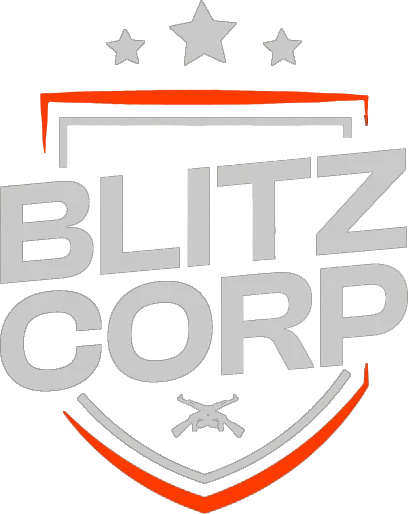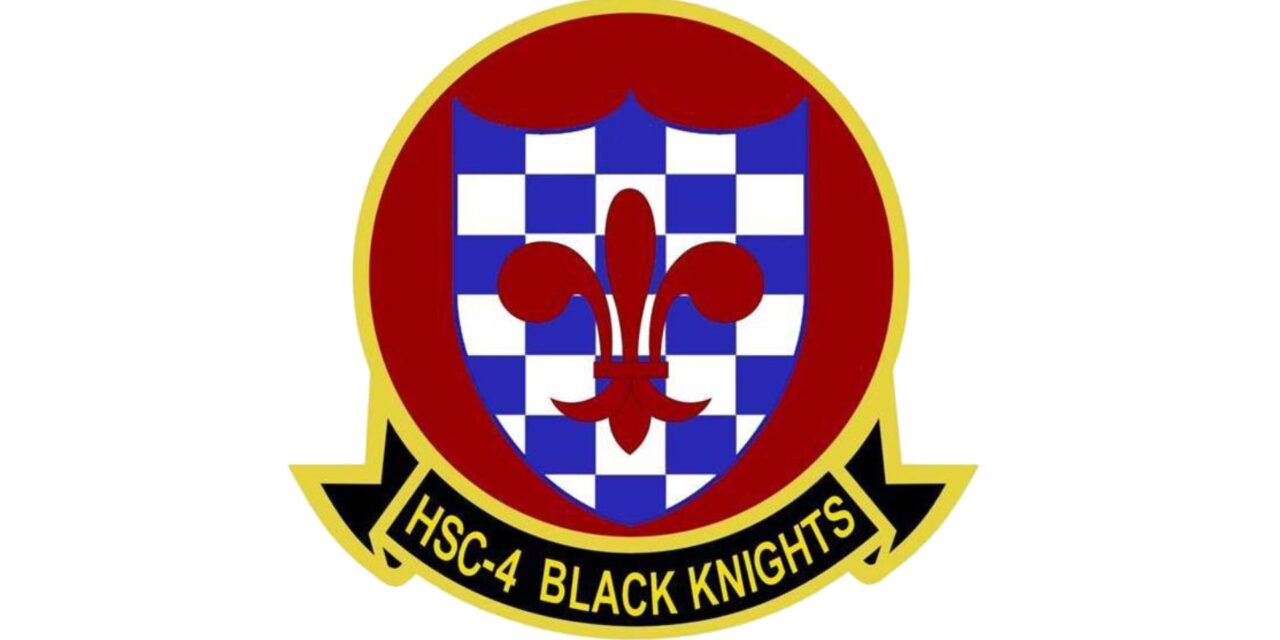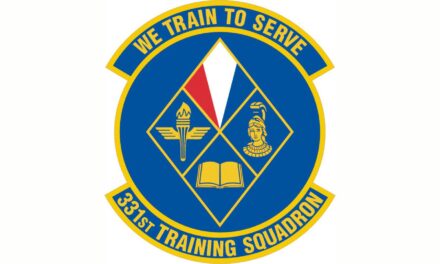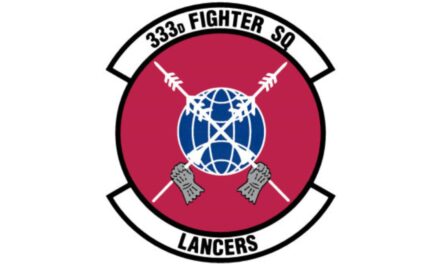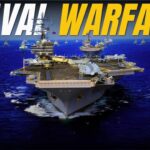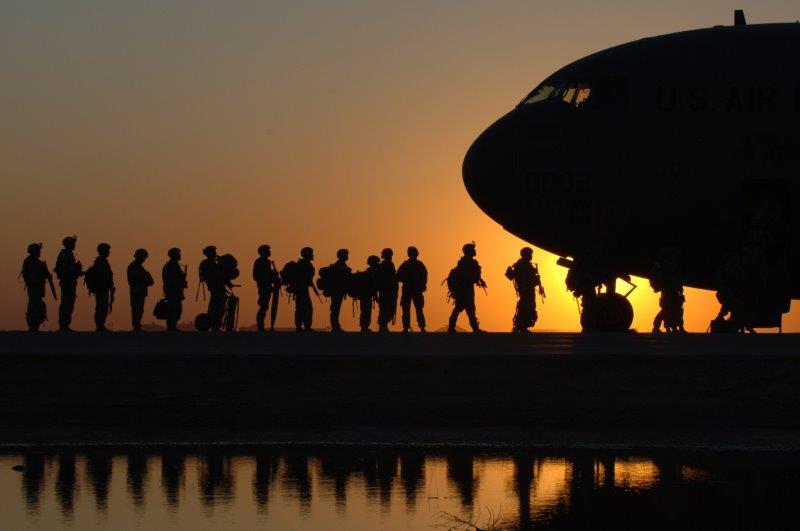Helicopter Sea Combat Squadron 4 (HSC-4) plays a pivotal role in the United States Navy, yet its mission and history might not be widely known outside military circles. Those seeking to understand the specific functions and contributions of this distinguished squadron may find themselves wading through dense military jargon or scattered information.
Established on June 30, 1952, HSC-4 has evolved to perform a multitude of critical tasks, utilizing MH-60S Seahawk helicopters to fulfill its duties with precision and reliability.
This blog aims to demystify Helicopter Sea Combat Squadron 4 by providing a detailed overview of its mission, significant history, and current operations. By exploring how the squadron seamlessly integrates into carrier air wing activities and collaborates with other branches of the military, readers will gain insight into the vital support HSC-4 offers within naval operations.
Engage further to uncover their unparalleled dedication.
Key Takeaways
- Helicopter Sea Combat Squadron 4 (HSC-4) started on June 30, 1952, in California. They fly MH-60S Seahawk helicopters for different missions like rescue and combat.
- HSC-4 plays a big role aboard aircraft carriers. They help with anti-surface warfare, search and rescue, and moving goods. Their work makes sure the Navy can do its job all over the world.
- The team has gotten many awards for their great work. These include the Navy Unit Commendation and seven Chief of Naval Operations Aviation Safety Awards.
- HSC - 4 was important during the Apollo space missions by helping recover astronauts and capsules from the sea.
- The squadron works together with other military parts. This helps them be ready for lots of different situations, from fighting to helping after disasters.
Mission of Helicopter Sea Combat Squadron 4
Helicopter Sea Combat Squadron 4 excels in versatile maritime operations with its MH-60S Seahawk helicopters. Deployed aboard aircraft carriers, they ensure the fleet's safety and effectiveness in combat and rescue missions.

Multi-role combat helicopter squadron
The Helicopter Sea Combat Squadron 4 (HSC-4) excels as a multi-role combat helicopter squadron. It operates MH-60S Seahawk helicopters, adapted for both open sea and littoral waters operations.
These aircraft perform a variety of missions, including anti-surface warfare, combat search and rescue, and logistics support. Deployed aboard aircraft carriers, they enhance the carrier strike group's capability to project power and provide defense.
Members of HSC-4 are trained in advanced tactics for both offensive and defensive scenarios. They play a crucial role in carrier air wing operations across the globe. Their skills in helicopter anti-submarine warfare have established them as an invaluable asset within the naval air force, U.S. Pacific Fleet.
With each mission, they uphold their motto “Black Knights,” demonstrating courage and precision excellence in every operation undertaken on international waters or hostile environments.
Operates MH-60S Seahawk helicopters
Helicopter Sea Combat Squadron Four employs MH-60S Seahawk helicopters for its diverse missions. These aircraft are pivotal in executing tasks such as anti-surface warfare, search and rescue operations, and logistical support.
The squadron ensures these helicopters are always ready to deploy aboard an aircraft carrier, enhancing the carrier strike group's capabilities.
MH-60S Seahawks play a crucial role in the squadron's success. Pilots and aircrew undergo rigorous training to master operating these helicopters in various environments. From rescuing downed airmen under hostile fire to supporting coalition troops, the expertise and bravery of Helicopter Sea Combat Squadron Four's members exemplify their commitment to excellence and duty.
Did you know: HSC-4 was the first U.S. Navy Anti-Submarine Warfare (ASW) helicopter squadron to deploy aboard an aircraft carrier? This pioneering event took place in 1953 aboard the escort carrier USS Rendova (CVE-14), marking a significant milestone in the integration of helicopters into naval operations
Deployed aboard aircraft carriers
Operating MH-60S Seahawk helicopters, Helicopter Sea Combat Squadron 4 (HSC-4) embarks on aircraft carriers to fulfill its mission. These deployments enable the squadron to support and enhance carrier strike group operations globally.
Onboard these naval giants, HSC-4's role is pivotal in executing anti-surface warfare (ASW), search and rescue missions, and logistical support, ensuring the carrier strike groups' effectiveness and safety.
The presence of HSC-4 aboard carriers like those in Carrier Air Wing Two enhances the fleet's operational capabilities. They serve as eyes in the sky, extending the reach of the naval force far beyond the horizon.
Their operations are critical for protecting allied forces, performing reconnaissance, and providing vital lifelines through combat search and rescue training. Deployed alongside other squadrons within carrier air wings, HSC-4 plays a key role in maintaining maritime superiority in any theater they operate in.
History and Operations of Helicopter Sea Combat Squadron 4
Helicopter Sea Combat Squadron 4, established in 1952, has played a pivotal role in U.S. Navy operations across the globe. This squadron's legacy includes leading anti-surface warfare and participating in critical recovery missions for the Apollo space program.

Formation in 1952
Helicopter Anti-Submarine Squadron Four (HS-4) formed on June 30, 1952, at U.S. Naval Auxiliary Landing Field in California. This marked the beginning of a distinguished legacy within the United States Navy.
Initially focused on anti-submarine warfare (ASW), HS-4 set a high operational standard from its inception.
The squadron became the first ASW squadron under Commander Naval Air Force Pacific, showcasing exceptional skill and dedication in this vital defense capability. Its formation strengthened the navy's ability to secure seas against submarine threats during a critical period in maritime history.
Assigned to Carrier Air Wing Five, HS-4 provided around-the-clock ASW coverage, reinforcing sea control missions across various fleets.
Primary mission of Anti-Surface Warfare
The primary mission of Anti-Surface Warfare (ASuW) demands exceptional skill and precision. Helicopter Sea Combat Squadron 4, flying the MH-60S Seahawk, plays a critical role in detecting, tracking, and engaging enemy surface ships to ensure naval dominance.
These operations are vital for maintaining sea control and supporting carrier strike group missions.
Pilots and aircrew members utilize advanced radar systems and deploy an array of weaponry against threats on the ocean's surface. Coordination with other elements of the Carrier Air Wing maximizes effectiveness in this crucial aspect of maritime security.
Their expertise in ASuW underscores the squadron's indispensable contribution to fleet defense operations and showcases their capability to safeguard national interests on global waters.
Did you know: The Black Knights played a crucial role in the recovery of Apollo mission capsules, including the historic Apollo 11 moon landing mission? From 1968 to 1970, they were involved in the recovery operations for Apollo missions 8, 10, 11, 12, and 13, utilizing the iconic "Helicopter 66." This helicopter became one of the most recognized in the world, especially after its involvement in the Apollo 11 recovery, showcasing the squadron's versatility and excellence beyond traditional military roles
Role in carrier air wing operations
Helicopter Sea Combat Squadron 4 plays a crucial part in carrier air wing operations. These operations are vital for maintaining naval superiority and readiness. The MH-60S Seahawk helicopters, operated by the squadron, fulfill various roles including anti-surface warfare, search and rescue missions, and logistical support.
This multi-faceted capability allows the squadron to support both sea and land operations effectively.
During deployments aboard aircraft carriers, HSC-4 ensures that the carrier strike group remains versatile and responsive to any situation. Their expertise in handling sophisticated Sikorsky helicopters enhances the overall combat capabilities of the naval air force.
As part of Carrier Air Wing Fourteen (CVW-14), their actions directly contribute to securing peace across global seas.
Role in naval air force, U.S. Pacific Fleet
Helicopter Sea Combat Squadron 4 (HSC-4) plays a critical part in the U.S. Pacific Fleet's operations. Stationed at Naval Air Station North Island, they execute missions across the vast expanse of the Pacific Ocean.
The squadron supports the fleet with anti-surface warfare, search and rescue missions, and logistics. They operate MH-60S Seahawk helicopters, adeptly handling various tasks from carrier strike group defense to vertical replenishment.
Their strategic importance is underscored by their location and capabilities. As tensions rise in maritime regions such as the South China Sea, HSC-4's role becomes more vital. They ensure freedom of navigation and project power where needed most.
Their efforts fortify security alliances with regional partners, reinforcing peace in a pivotal area of global commerce and diplomacy.
Notable accomplishments and recognitions
Transitioning from its vital role in the U.S. Pacific Fleet, Helicopter Sea Combat Squadron 4 (HSC-4) has also earned significant accomplishments and recognitions. These honors highlight the squadron's dedication, skill, and effectiveness across various missions and operations.
- Received the Navy Unit Commendation for exceptional performance during deployment aboard aircraft carriers. This prestigious award signifies HSC-4's outstanding service in support of naval operations.
- The Chief of Naval Operations Aviation Safety Award was awarded to HSC - 4 seven times. This recognition underscores the squadron's commitment to safety and excellence in flight operations.
- In 1978, HSC - 4 was honored with the Arleigh Burke Fleet Trophy, celebrating their improvement in battle efficiency more than any other squadron in the Pacific Fleet.
- The Battle "E" award was presented to HSC - 4 for being the most efficient unit within their type, showcasing superior operational readiness and combat effectiveness.
- During Apollo missions 8, 10, 11, 12, and 13, pilots and aircrew from HSC-4 played a crucial role in recovering astronauts and capsules upon re-entry from space—a testament to their versatility and precision under pressure.
- Achieved a record for an ASW (Anti - Submarine Warfare) squadron with over 3228 flight hours flown during a single deployment, highlighting tireless dedication and endurance.
- Participated in key operations including Restore Hope and Southern Watch in the early '90s, assisting with humanitarian efforts and enforcing no-fly zones which demonstrated flexibility beyond traditional roles.
Did you know... HSC-4 was the first squadron in the Commander Naval Air Forces, Pacific (COMNAVAIRPAC) to achieve around-the-clock Anti-Submarine Warfare (ASW) capability? On September 22, 1961, they flew a historic 136.2 hours in a 24-hour period, maintaining four helicopters on station around the clock. This remarkable achievement earned them the title "Black Knights" and set a new standard for ASW operations
Current operations and duties
Helicopter Sea Combat Squadron 4 (HSC-4) now pilots MH-60S Seahawk helicopters, supporting a wide range of missions. These include search and rescue operations, logistics support, and Anti-Surface Warfare (ASW).
Serving aboard aircraft carriers, they play a vital part in carrier air wing operations. Their skills ensure the fleet's safety and operational effectiveness in global waters.
The squadron also collaborates with other military branches for joint operations. They conduct training exercises to maintain readiness for any situation. With duties extending from the North Arabian Sea to operating in the Gulf region, HSC-4 ensures coalition troops receive necessary support.
Through rigorous training in Australia and beyond, they uphold their legacy of excellence and adaptability in ever-changing maritime environments.
Collaboration with other squadrons and branches of the military
Helicopter Sea Combat Squadron 4 (HSC-4) regularly works with other squadrons and military branches. This cooperation is crucial for missions involving anti-submarine warfare, search and rescue, and carrier air wing operations.
The squadron's MH-60S Seahawk helicopters play a key role in these collaborative efforts. They join forces with units like CVW-14 and support operations led by Commander Naval Air Forces.
Coordination extends beyond the Navy to joint exercises with the Army, Air Force, and Marine Corps. These activities enhance HSC-4’s operational capabilities and readiness for a wide range of scenarios from combat missions to humanitarian aid.
Working closely with different branches ensures that HSC-4 remains versatile and prepared to contribute effectively to any task force or operation it supports.
Conclusion
Helicopter Sea Combat Squadron 4 has a storied history, dating back to its formation in 1952. Its mission spans multi-role combat operations using MH-60S Seahawk helicopters. They serve aboard aircraft carriers, playing key roles in naval air force operations across the U.S. Pacific Fleet.

Their achievements include pioneering recovery techniques for the Apollo space missions and earning multiple recognitions for excellence. This squadron has upheld a tradition of valor and versatility through decades of service.
Their legacy inspires current and future generations to reach new heights in naval aviation excellence.
FAQs
1. What is Helicopter Sea Combat Squadron 4's main mission?
The primary mission of Helicopter Sea Combat Squadron 4 involves anti-submarine warfare (ASW), supporting carrier battle groups, and performing search and rescue operations.
2. When was Helicopter Sea Combat Squadron 4 established?
Helicopter Sea Combat Squadron 4 was established on June 30, 1952, at the U.S. Naval Air Station.
3. How has the squadron evolved over time?
Initially focused on ASW missions, the squadron transitioned from flying the Sikorsky SH-3A and SH-3H Sea King helicopters to utilizing the more advanced Sikorsky SH-60F and HH-60H platforms to enhance its operational capabilities.
4. What notable operations has Helicopter Sea Combat Squadron 4 participated in?
The squadron played a pivotal role during the Korean War era by providing essential support to carrier battle groups. It also participated in Operations Restore Hope and Southern Watch in Iraq to back coalition troops.
5. Has Helicopter Sea Combat Squadron 4 received any awards for its service?
Yes, highlighting their excellence in ASW operations, they have been honored with trophies such as the Chief of Naval Operations Aviation Safety Award and the Battle "E" Efficiency Award.
6. Where is Helicopter Sea Combat Squadron 4 based today?
Today, this distinguished helicopter squadron calls Naval Air Station North Island its home base, continuing a legacy of excellence within United States Navy aviation circles.
7. When did the squadron convert from the SH-3 to the SH-60 helicopter?
HS-4 transitioned from the SH-3H Sea King to the Sikorsky SH-60F in 1991.
8. What was the first carrier air wing HS-4 was assigned to?
HS-4 was first assigned to Carrier Anti-Submarine Air Group 55.
9. How many downed airmen were rescued by HS-4 pilots and aircrew?
HS-4 pilots and aircrew rescued 24 downed airmen under hostile fire.
10. How many Chief of Naval Air Training awards has HS-4 won?
HS-4 is a seven-time winner of the Chief of Naval Air Training award.
